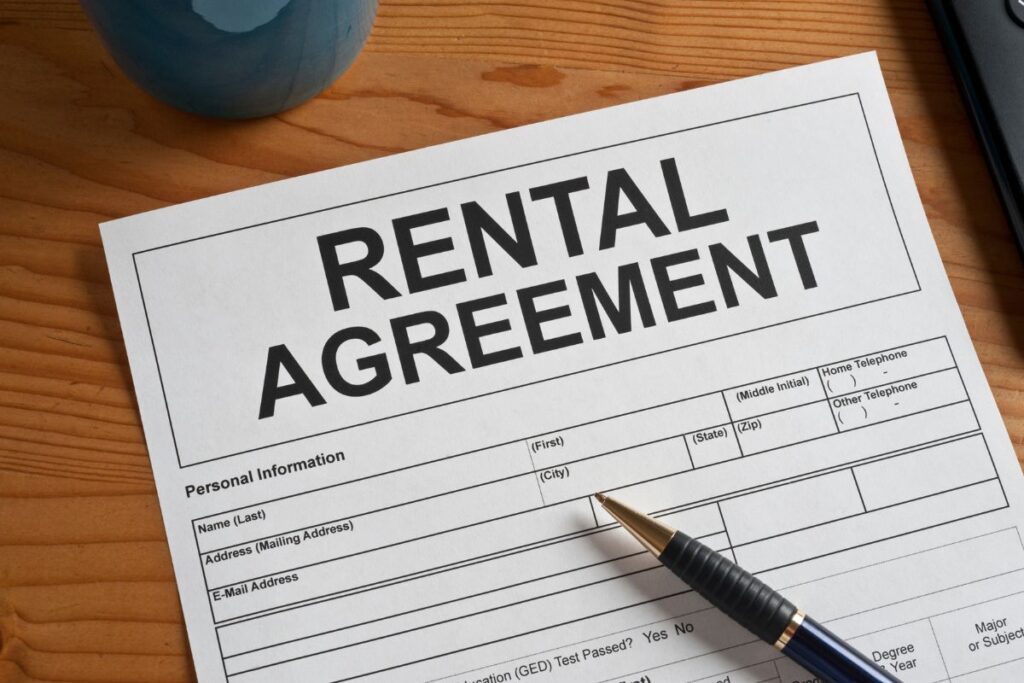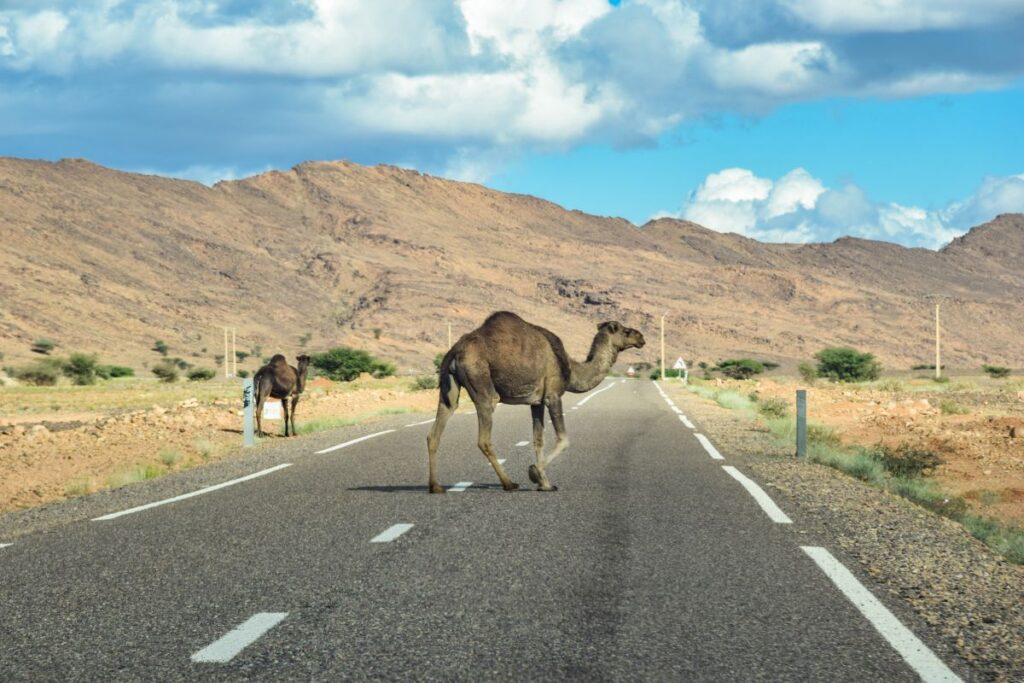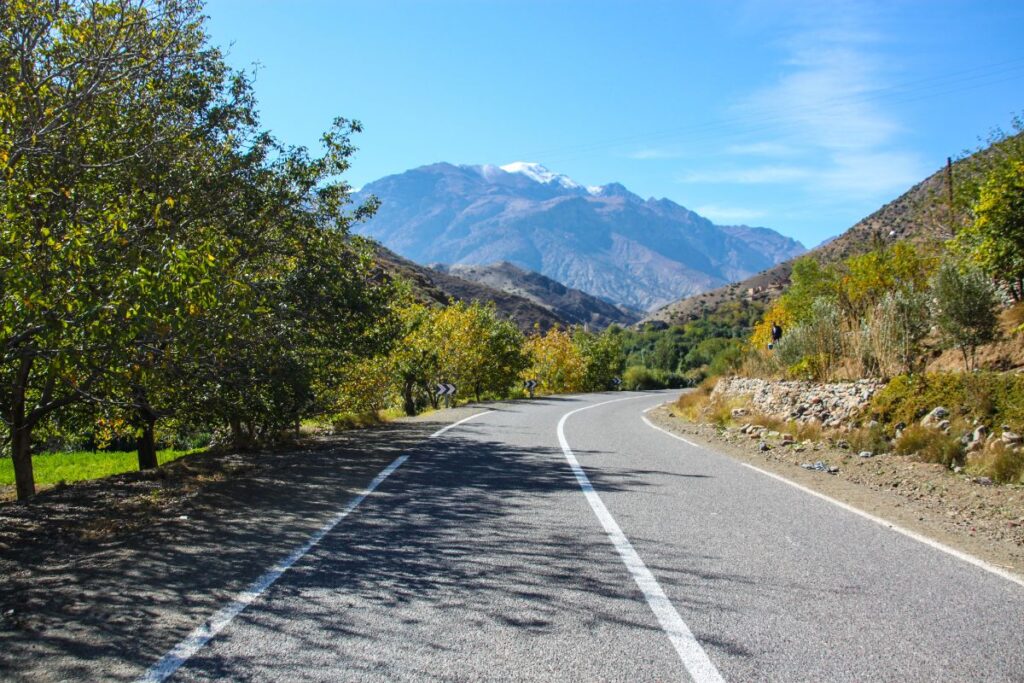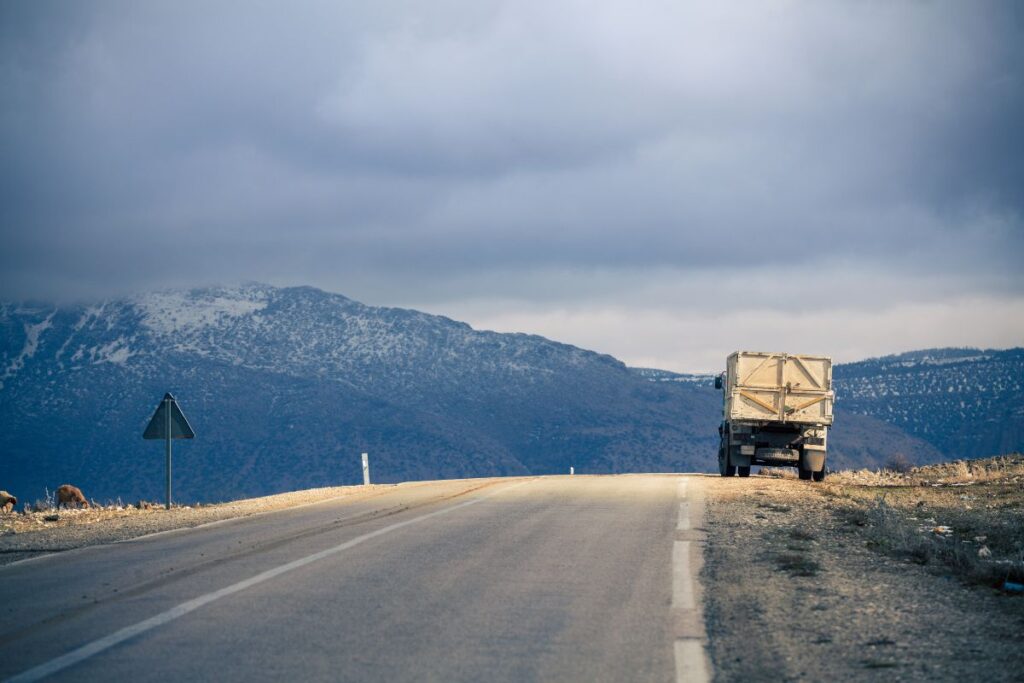Car rental in Morocco
Tips for driving and renting a car in Morocco. Although car rental in Morocco initially may seem crazy, driving and renting in Morocco is one of the best experiences you can have in our country. It will allow you to reach less-known places and discover small villages, drive on narrow roads that cross incredible landscapes, and have more freedom and independence to travel through Morocco.
Tips for driving and renting a car in Morocco. Ok, but … how is that to rent a car and drive in Morocco? What are the roads like? Do I need a rally course taught by Nasser Al-Attiyah to survive? Bottom line: driving and renting a car in Morocco is not as risky as it may sound. But we will dig deeper and give you a few tips for driving in Morocco and renting a car.
Renting a car in Morocco

Tips for driving and renting a car in Morocco, If you plan to visit various areas of Morocco if you have enough time and you don’t mind driving in a foreign country, where you will find everything on the road, renting a car in Morocco is the best option for traveling!
But we advise against it in these three cases :
- You have little time and want to focus on getting to know a city and make a getaway during the day. Renting a car in Morocco for a single day is not a good idea at all, it usually takes a long time to collect it, the first km is trial and error (both with the road and with the GPS, etc.) and perhaps it is worth paying a little more for some organized excursion.
- You don’t feel comfortable driving in other countries or never did. In that case, Morocco is not the ideal destination to start with.
- You travel alone and you don’t want expenses to skyrocket. Renting a car in Morocco is an excellent option if you travel as a couple or in a group, so the transportation costs can be divided. Still, being alone will be more convenient than traveling by train or bus.
Also, transportation in Morocco is not great. The trains are the best option, but the network is quite limited (basically, the line that connects Marrakech with Casablanca, Rabat, and Tangier, and an inner line between Meknes and Fes that continues to the east). Yes, there are two large bus companies ( CTM and Supratours ) with different routes throughout the country (look at their websites/applications to see schedules, prices, etc.) and smaller companies for shorter journeys.
1. Collection and delivery of data
First, you must enter the agency website, contact them and declare the city of collection and delivery and the dates. You have the possibility of setting up different places for collection and delivery.
2. Comparison between agencies

Here you will have to research and read comments on some of them and regarding the type of car. You must look at the ” rate details ” of each option and check the amount of the franchise, which rates are included and which are not, basic coverage, etc.
One-way rate
When returning the car to a different office, a one-way rate will be applied, which will be added to the total rental price. However, this amount is not paid in the reservation but must be paid directly at the rental office when picking up.
3. Take out insurance (or not)
The next step is to take out extended insurance. The basic rate includes insurance with a franchise amount, the maximum amount you will pay in case of an accident or damage to the car. If you take out extended insurance, you can go more relaxed.
They usually offer two additional insurance options: Excess Reimbursement and Super Cover. Let’s see what the differences are:
- Reimbursement of the franchise: in case of accident, theft or damage to the car, the expenses are returned. But it usually does not include damage to windows, roofs, floors and wheels, so the price is lower.
- Super Cover: refund of the excess, including damage to all car elements.
You have to know that these insurances are those offered by Auto Europe for example, external to the rental agency. How do they work? If you have had any mishap and they charge you money upon delivery, they have to give you a damage certificate, which will be what you have to present to Auto Europe so that they can refund the amount paid.
You can also take out insurance directly with the rental agency. When picking up the car, they will offer you (insistently) their insurance options, which are usually much more expensive. With these insurances, in principle, they should not block any amount on your credit card, and in case of damage/accident, they do not make you advance any payment.
IMPORTANT:
In both cases, the roadside assistance service is excluded from a service contracted separately with the rental agency and not included in any insurance.
It must be said that both extended insurance and roadside assistance are optional. You are not obliged to hire anything, but it gives you peace of mind when driving. We DO get Super Cover insurance and DO NOT hire roadside assistance.
At this point in the reservation, optional equipment, such as child seats, GPS, etc., is also offered. All at an extra cost.
4. End of the process and payment
The last screen will be to enter personal data and make the payment. You will receive an e-mail with the reservation details, which will be confirmed and paid for.
Print the voucher and take it to the agency, along with your driver’s license and a credit card (not a debit card), so they can block the excess amount. By the way, the Spanish driving license is valid for driving in Morocco.
At the collection, you will have to pay only the extra one-way rate (if the car is delivered to a different office from the collection), to which the corresponding rates are applied.
Oh, and another important thing, this reservation is cancellable and modifiable up to 48 hours before collection.
IMPORTANT:
When you pick up the car, check its exterior, the plate, the windows, the wheels, the underside… everything down to the fingertips, and have them point out each of the little things you see on the contract sheet. Take videos and photos of all the car parts (especially the windows).
Tips for driving in Morocco
As we already told you, driving on the roads of Morocco is not the odyssey we have in mind. It is true that it has little to do with what we are used to and will get a few surprises, but with a little attention, there will be no major problem. And to help you do so, we are going to give you a few tips for driving in Morocco :
State of the roads
In most cases, the national and county roads with a single lane are used 99%, except at the entrance to large cities, where they are extended with a few more lanes. They are generally in fair condition, have a secure floor, and are well-marked. But you can find sections of quite a few curves (usually when climbing mountain passes) and areas under construction, where the march slows down a lot. But in general, the state of the roads in Morocco is not something to worry about excessively.
In the last 10 years, an extra effort has been made to increase expressways, improve the condition of secondary roads and increase road safety.
On this website, you will be able to see the state of the roads in real-time (accidents, retentions, blocked roads, etc.): www.admtrafic.ma
One thing to keep in mind is that the speed averages are going to be reduced. On these national and regional highways, you pass through many towns where speed is reduced.
If your route is through the north or west coast, you will go through toll roads with better conditions (we will discuss them later).
Tolls

For example, you’ll not find any toll roads from Marrakech to Fez, except in the section between Meknes and Fez. The toll roads are concentrated on the west coast of Morocco, and the price is not excessive. You can calculate the routes and the price of tolls on the same website: www.admtrafic.ma.
These are the toll prices for some important sections :
Marrakech – Casablanca (250km): 82 Dhs (€ 7.5)
Casablanca – Rabat (70km): 23 Dhs (€ 2)
Rabat – Tangier (240km): 91 Dhs (€ 8.5)
Fes – Meknes (50km): 13 Dhs (1.2 €)
As we know, paying is either with the electronic license plate reading system or by picking up a card at the first booth at the highway entrance, later delivered at the exit booth, where you pay. By the way, payment is only in cash (card payments are not accepted now). There is also a self-toll system, but we don’t think it would be interesting for a sightseeing trip.
Traffic
At the entrance, in the interior of large towns, or on the main roads, perhaps it is considerable, but it was not a major problem. The highest concentration was on mountain passes or slopes, where trucks are treading eggs and it is difficult to overtake them due to the number of curves.
NOTE:
Even if it is not road traffic, you must remember that on secondary roads, it is very easy to meet donkeys, cars, dogs, flocks of sheep, and children who go to school … Caution! Another thing is in Marrakech or Fes, where you must go with much concentration and patience to leave. Many cars are whistling and trying to enter the roundabouts at the same time … Pay attention to both sides, and make up your mind.
Maximum speed and radars
On the motorway toll, the top speed is 120 km/h. On secondary roads, it is between 80 and 100 km/h. When you are going through a town, it slows down to 60 km/h. It’s important to be aware of the changes in the limits and stick to them because, in Morocco, it’s very typical for you to be fined for speeding. They are set up with hidden mobile radars in the same direction as you are going, and once you fall (usually in areas with low-speed limits, in towns, etc.), they wait for you ahead, where they will fine you, usually 300 dirhams in cash. In that case, perhaps you can “negotiate” the amount and agree…
Entry and exit in the villages
Every time you enter or leave a town, you’ll see a police checkpoint with a sign where you can be told to stop or slow down (in Arabic & French). In case the stop is requested, be aware of the officer who will make a sign to continue.
Police checks
You’ll be thinking that they would stop you from continuing to get some money, right? But it’s NOT like that. The controls carried out in the villages are usually more aimed at Moroccans than tourists!
Watch out for roundabouts
you’ll find two types of roundabouts: the classic ones we are used to, where the one inside the roundabout has the right of way, which used to be the most common and large. And others where the preference was for the incorporated cars, so you have to let them pass even if you are already inside the roundabout. The latter was the least common, but you know they exist. Some signs indicate it a few meters before reaching them (like a yield) to differentiate them.
Parking in Morocco
In most towns, there are free parking areas without problems. But, friend, in the big cities, it is another story. In this case, asking for your accommodation for the nearest PAID car park some day in advance is best. We always prefer to leave it in this type of parking (guarded) rather than risk it and park in the street. The price is usually around 20-30 dirhams per day.
4 × 4 or conventional car?
We do not think spending more to rent a 4 × 4 is interesting. If you are going to do a more or less touristy route and your plans do not go off the road, a normal car is more than enough. But if you plan to take some off-roading adventure, you’ll need a 4×4 vehicle for sure!
Gasoline price

Gasoline in Morocco is cheaper than in Spain. Calculate approximately € 1 – € 1.10 / liter. You can see the current price here. On the other hand, there are quite a few gas stations, but our rule is: to fill it up when the tank is halfway up. We hope all these tips for driving and renting a car in Morocco can help you have a wonderful trip in this incredible country. You know, take away your fears and rent a car in Morocco. It is the best way to explore it thoroughly!
Do I need an international driver’s license to drive in Morocco?
Yes, you will need an international driver’s license along with your regular driver’s license to legally drive in Morocco.
What is the minimum age to rent a car in Morocco?
The minimum age to rent a car in Morocco is usually 21 years old, although some rental companies may require drivers to be at least 25 years old.
Do I need a credit card to rent a car in Morocco?
Yes, most rental companies require a credit card as a form of payment for renting a car.
What is the typical cost of renting a car in Morocco?
The cost of renting a car in Morocco varies depending on the type of car and the rental company, but expect to pay around 250-300 MAD per day for a standard car.
Is it safe to drive in Morocco?
Driving in Morocco can be safe, but it can also be challenging due to narrow and winding roads and unpredictable drivers. It’s important to familiarize yourself with local driving laws and take precautions such as wearing seat belts and avoiding driving at night.
Can I drive with my foreign driver’s license in Morocco?
Yes, as long as you have an international driver’s license in addition to your regular license.
Are there tolls on Moroccan highways?
Yes, there are tolls on some Moroccan highways, and payment is usually made through electronic toll collection systems.
What are the speed limits in Morocco?
The speed limits in Morocco are generally 60 km/h in urban areas, 100 km/h on rural roads, and 120 km/h on highways.
Can I rent a car in Morocco without a driver?
Yes, it’s possible to rent a car without a driver in Morocco, but you must have a valid international driver’s license and be comfortable driving in the country.
Is parking difficult in Morocco?
Parking can be difficult in some areas of Morocco, particularly in crowded cities like Marrakech and Casablanca. Look for designated parking areas and avoid parking on the street if possible.

